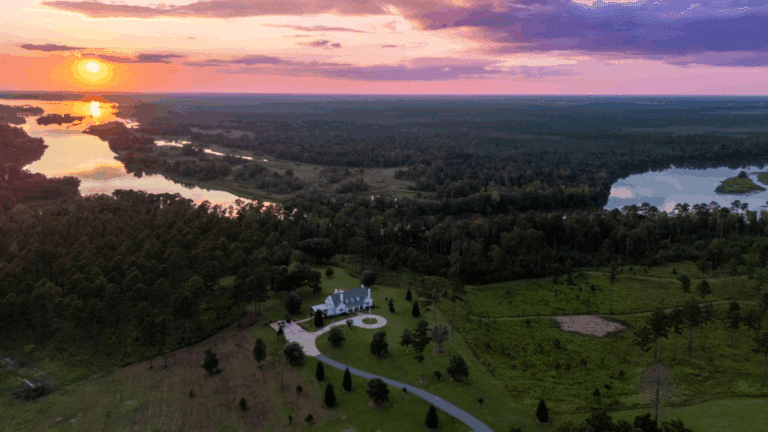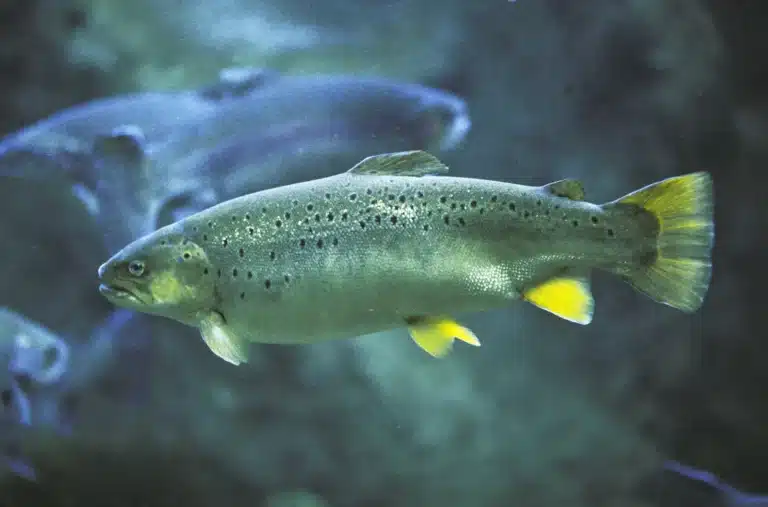Imagine cruising on a sailboat off the southern coast of Spain, minding your own business, when suddenly, BAM! Killer whales come crashing in, puncturing the boat’s hull and damaging the rudder. It sounds like something out of an action movie, right? Well, it’s been happening for real off the coast of Spain and Portugal this year, and it’s got folks scratching their heads. Killer whales, or orcas, are not typically considered a danger to humans, but these pods have been wreaking havoc on boats in the region.
The Grupo de Trabajo Orca Atlántica (GTOA), a research group studying killer whales in the region, has reported about a dozen incidents of orcas damaging boats this year. And guess what? It’s not the first time. These attacks have been on the rise since 2020, leaving scientists puzzled about what’s going on beneath the surface.
Thanks to social media, videos and stories of these boat attacks have gone viral, transforming the orca into an unexpected meme sensation. Some onlookers, captivated by the strikes concentrated around the Strait of Gibraltar, where the whales gather during spring and summer, are even calling it a rebellious act of anti-capitalist solidarity from “orca comrades” and “orca saboteurs.” Others draw comparisons to a scene straight out of James Cameron’s latest “Avatar” movie, “The Way of the Water.”
Now let’s get to the intriguing theories being tossed around by the scientists studying these enigmatic creatures. They might not have all the answers yet, but they’ve got a couple of front-runners:
The first theory is that killer whales just want to have fun. Orcas are incredibly smart and curious marine mammals, closely related to bottlenose dolphins. They communicate with each other using a complex system of underwater pulses and whistles. Picture a gang with their own lingo. They even teach their young hunting techniques that get passed down through generations. So, what if these attacks are just a result of orca youngsters playing around and learning the ropes of being apex predators? It’s all part of their wild learning journey.
According to López Fernandez, it’s not out of the realm of possibility that an orca had a nasty encounter with a boat in the past and is now passing on its knowledge to fellow killer whales, teaching them the art of attacking vessels. They’ve even identified a potential mastermind behind these orchestrated strikes—White Gladis, a fearless adult female.
But hold on, before we jump to conclusions, let’s acknowledge that we’re still missing crucial pieces of the puzzle. López Fernandez emphasized that we don’t yet have enough information to pinpoint the exact cause behind these attacks. Even if we assume the second theory holds true, the triggering stimulus remains a mystery. There’s more to uncover beneath the waves.
López Fernandez urges us to reflect on the undeniable connection between our actions and their consequences. Even in indirect ways, human activities lie at the heart of this behavior. It’s a wake-up call to reassess our relationship with the natural world and take responsibility for the impact we have on these extraordinary beings.
As the investigation continues, we can only hope that a deeper understanding will emerge, shedding light on the motives driving these attacks. Until then, let’s remember that the fate of these incredible marine creatures hangs in the balance, calling for our respect, protection, and a commitment to preserving their delicate existence.






